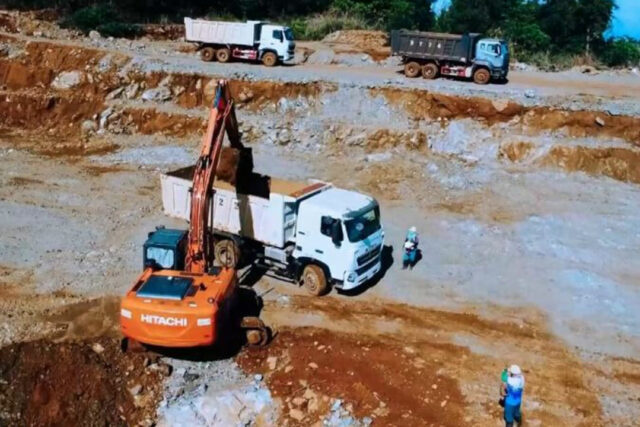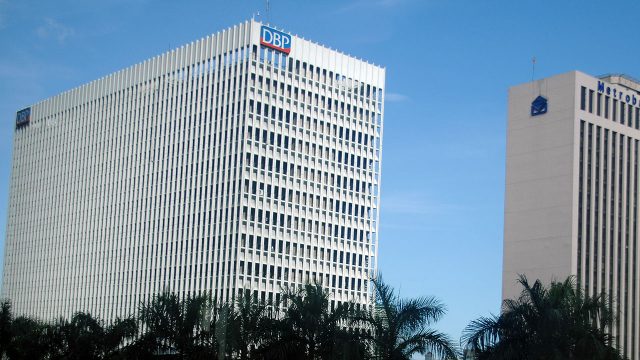By Joseph L. Garcia, Senior Reporter
WHILE Sobrino de Botin (founded 1725) might hold the distinction of being the Oldest Restaurant in the World in the Guinness World Records, medieval scholar Alcuin would like a word.
Alcuin, who served in Charlemagne’s court, mentioned St. Peter’s Stiftskeller (“stiftskeller” was a word for a monastery’s wine cellar, which it had been originally) in writing back in 803 — no typos, just a three-numeral year. During our visit to St. Peter’s in Salzburg’s St. Peter’s Abbey on Oct. 13, our server knowingly smiled when we tried to argue about Sobrino de Botin’s age, and simply handed us a flyer detailing the restaurant’s history. It does mention that they’ve been around for 1,200 years: “Our restaurant is therefore considered the oldest inn in Europe,” it says quite authoritatively. The monastery that contains it was founded in 696.
Perhaps the confusion lies in the fact that monasteries then did not charge for food, and accepted and served visitors for free out of Christian charity and piety. The restaurant’s list of visitors is legendary (if it is true). “Faust knows it to be a place of quality,” the restaurant’s flyer says loftily — Faust as in the legendary German figure who gave his name to the word “Faustian” after the myth that he had sold his soul to the devil. The restaurant places his visit in 1510. Christopher Columbus and Wolfgang Amadeus Mozart are said to have been guests as well, while Michael Haydn, composer Joseph Haydn’s younger, less famous brother, lived at the inn in 1763.
Another source of confusion for the restaurant’s true age is the pauses in its operation, along with its changes of ownership and function according to regime changes, and the natural flow of business (Sobrino de Botin, on the other hand, has been in continuous operation since it opened and supposedly, the flame in its oven has never been put out). For example, French troops occupied the building in 1809 during the Napoleonic wars (possibly pausing operations). In 1992, businessman Claus Haslauer and his wife Veronika took over the lease of St. Peter’s Stiftskeller and renamed it St. Peter’s Stiftskulinarium in 2017.
It’s quite hard to find: our driver from a previous The Sound of Music tour (which was filmed in Salzburg; which we will not discuss, because we led the singing during the tour) dropped us off by an entrance and told us to go through two arches and turn right. We found it through a gaggle of tourists taking pictures of the sign, with two crossing keys, boasting of the restaurant’s 803 founding. Stone and rock surround the restaurant, emphasizing its medieval origins, but contemporary art dots the place, making one aware of the present year.
The restaurant seats more than 600, in a series of various rooms (it has a Baroque Hall, built in 1903, where Mozart concerts are performed at dinner). Despite coming an hour early for our 2 p.m. reservation, we were seated quite promptly in a room with terracotta floors, ancient wooden beams and panels (which were now transformed into booths), and hunting trophies like deer skulls. The place was crowded on our Sunday visit, with well-dressed Salzburg seniors (possibly after mass; the city is still quite Catholic) sharing space with tourists in various dress (a familiar scene throughout Austria). The restaurant is divided into two concepts — Achthundert Drei (that’s 803 in English) which serves “international fine-dining cuisine”; and Peter, which serves Austrian and Mediterranean specialties.
Peter’s menu is surprisingly contemporary, with dishes like ceviche and exotic ingredients like Kaffir lime leaf (we’re sure those weren’t around when the monks were in charge). We have those at home, so we opted for the Austrian specialties. Mamma ordered the Pete’s Roast Beef with Onions (€37.90) with bacon beans and mashed potatoes. We got the Tafelspitz (€31.90), a traditional Austrian dish of boiled organic Salzburg beef, with creamed spinach, apple horseradish, and chive sauce on the side. We also got the Homemade Boiled Beef Soup (€10.90), with porcini mushroom dumplings, root vegetables, beech mushrooms, and chives.
Our server offered us bread, at €6, but we’d gladly pay for it over and over again. The bread — brown, chewy, dense, and spongy — tasted like it came out of a fairy tale. The butter, however, whipped and with a flavor of toffee (it was a salted caramel butter), firmly placed it in our time.
Mamma gave me a taste of her roast beef: it was in chunky red wine sauce and topped with crispy fried onions. The meat was a bit tough, but its flavor is yet to be matched. The Boiled Beef Soup, as a traditional Austrian dish, can be found in most homes and restaurants (we had had it twice before, at the museum restaurants at the Kunsthistorisches and the Schönbrunn Palace — frankly, its a less tasty nilaga, which means we’ve had it several times at home). St. Peter’s version was slightly sweeter than the previous versions we tasted, from the generous use of onions and herbs. The root vegetables (carrots and radish are our guesses) were finely cut into strips as a touch of finesse.
Now the Tafeslpitz — that was something. We saw three other tables (with the well-dressed seniors) order it as well, and we watched the show with which it was presented. When it was our turn, it came in a copper pan, and with the various sauces and accoutrements, it was a visual spectacle of abundance. The server also makes it a show, smearing the plate with the spinach on one side, and horseradish on the other. It came with a broth that was basically the soup from earlier, but the boiled beef, tender and yielding, must have come from a prized cow because of its supreme flavor. It’s excellent for cold days (and there are many in Austria). We could feel the workhorse quality of the dish, meant to fortify the insides for work and cold; the pleasure is a bonus. While the server took away the leftover broth from the other tables, we asked for her to leave ours, because what can we say? We like soup.
If you’re used to more exciting flavors, the food may not stand out too much — but who says we came here for the food? The sums aren’t too princely, and there are few places in the world where you can eat in a place older than the concept of nationhood itself. Empires have fallen and risen; St. Peter’s still stands.













